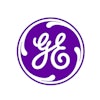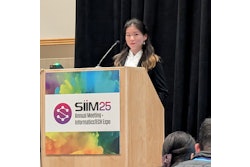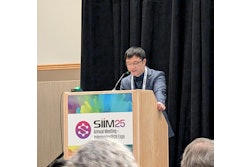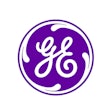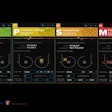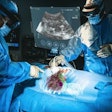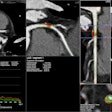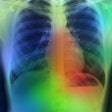PORTLAND, OR – Implementing a PACS-integrated web platform and software to automate ultrasound measurements are two simple solutions to improve workflows, according to posters presented May 23 at the Society for Imaging Informatics in Medicine (SIIM) annual meeting.
In one, Morgan McBee, MD, medical director of radiology informatics at the Medical University of South Carolina in Charleston, described how he improved access to critical resources for radiologists.
“So the idea was to have a more centralized repository that's in the PACS and much more accessible to radiologists, much like clinicians have very successfully done with embedding tools and different websites and things directly within the [electronic medical record],” he said.
 Morgan McBee, MD
Morgan McBee, MD
The problem, as McBee saw it, was that radiologists had to navigate multiple disconnected resources to access various types of information and tools, including internal websites, multiple cloud storage platforms, HR systems, policy repositories, and ticketing systems. This required them to leave the PACS and disrupted their workflow, he said.
So, McBee created and styled a web platform to blend with the PACS interface and embedded it directly within the PACS. The platform now consolidates essential clinical, technical, and administrative information into one location, which enables radiologists to remain within the PACS while accessing information. Also, the platform’s familiar interface reduced training needs, he noted.
He said he asked radiologists whether the new tool improved their workflow and made information easier to find. Their responses were “resoundingly yes,” he said.
In a second poster, Dylan Sadowsky, MD, a resident at Tulane University in New Orleans, described how implementing software that automates the transfer of ultrasound measurements into the reporting system saves radiologists time, as well as reduces errors.
Radiologists typically spend significant time manually dictating or inputting these measurements, which takes time away from analyzing images and adds to cognitive load and burnout. Manual entry is also prone to errors, compromising report accuracy, Sadowsky said. So about six months ago, his department started using software called ModLink (Hyland Software).
“We noticed it was saving us a lot of time. So we wanted to see how much,” he said.
 Dylan Sadowsky, MD
Dylan Sadowsky, MD
In the study, two radiologists manually dictated 30 measurements for complete abdominal ultrasound studies. Sadowsky and colleagues timed the process from the first to the last measurement and recorded any errors.
Results revealed that manually dictating measurements for complete abdominal ultrasounds took an average of 1 minute and 38 seconds. For institutions performing 50 studies daily, this totals approximately 81.7 minutes per day, and over a year, this equals about 354 hours, Sadowsky noted.
The study also revealed a 13.3% error rate in manual dictation, including major digit omissions ("1.47" instead of "15.47," for instance) and rounding or minor discrepancies, such as "208.54" instead of "208.51."
“Our conclusion was it was saving us a lot of time to autopopulate these measurements and was also saving a lot of errors,” he said.

